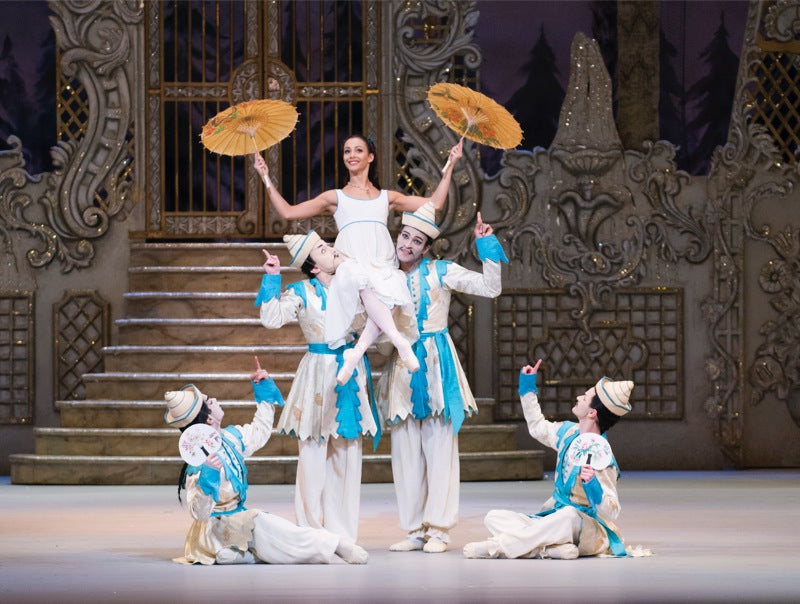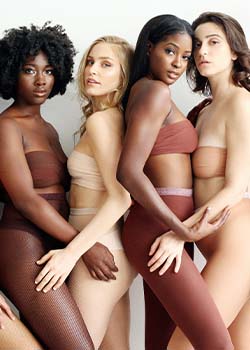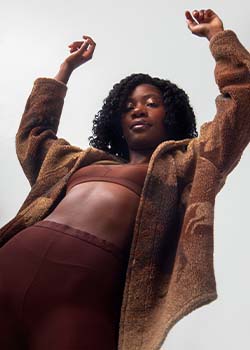

As you journey into the second act, you will discover the “Land of Sweets,” a cross-cultural fantasy that leaves many poc shifting in their seats. After a run in with the Mouse King our main protagonist, Clara, enjoys a global dance off courtesy of the Sugar Plum fairy. Throughout this act different cultures are used to represent their respective delicacies, the Chinese dancers bring tea, Spanish dancers bring chocolate, Arabian dancers bring coffee, and Russian dancers bring candy canes. The Chinese tea and Arabian coffee numbers breed the most criticism from modern day audiences, as yellowface makeup and offensive stereotypes are routinely used in these numbers. This prompts many to ask whether portraying different ethnic groups in ballet, a predominantly white curated and performed art form, is necessary or just plain offensive.
Straw hats, paper fans, and a dubious ponytail extension accompanied dancers of New York City ballet’s previous iterations of the Chinese tea dance. Moscow Ballet’s harem pants and bare midriff are still being used to evoke pseudo–Middle Eastern stereotypes for the Arabian coffee number (think Disney’s Aladdin). These ethnocentric (evaluating other cultures through the standards of one's own) conceptions of Chinese and Arabian cultures not only appropriate customs and traditional dress, but also dilute these complex cultures into caricatures. As the dance world diversifies, many are calling out these offensive aspects of The Nutcracker and are asking companies to stop perpetuating racist stereotypes through costume and choreography choices.

Some companies are making a concerted effort to rebrand some of the more offensive parts of their Nutcracker production. Ballet West has changed aspects of the Chinese Tea number to replicate actual Chinese traditions, a step away from appropriation and hopefully toward appreciation. The New York City ballet has followed suit and exchanged the ponytail wigs and offensive choreography for a more appropriate take on Chinese cultural customs. With a not-so-discreet nudge from dance administrator Phil Chan and New York City Ballet soloist Georgina Pazcoguin via the Final Bow for Yellowface campaign, many companies have pledged to stop the dehumanization of Asian characters in their performances.

It is also important to note that everybody shares the responsibility of dismantling racist practices in the arts. Your power lies in your wallet, only pay to see shows that are making a conscious effort to change dehumanizing narratives about minorities in ballet. To sign the pledge against yellowface and discover which ballet companies have vowed to eradicate the practice in their performances click here.





